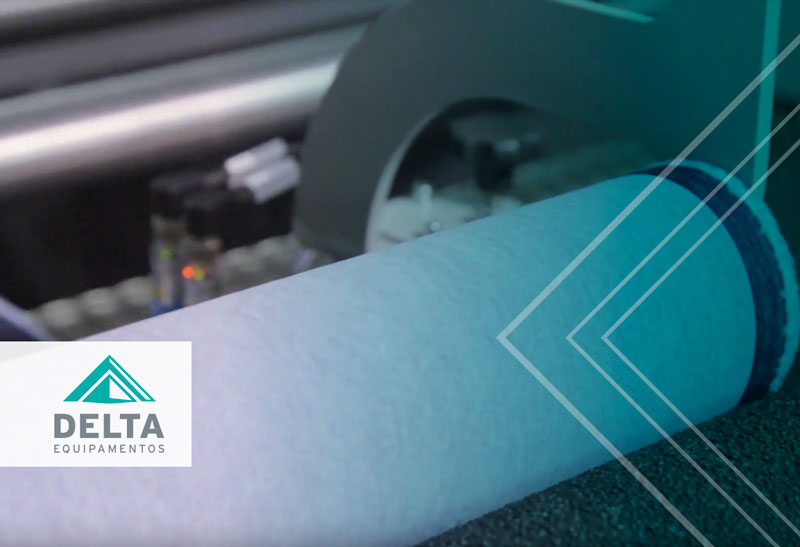When we talk about automating production, we are referring to optimizing the management of time and raw materials used, resulting in lower costs and more efficiency. To achieve this, activities previously carried out by humans are carried out by machines and systems are integrated.
In industry, these technological innovations are so remarkable that they are being considered a new Industrial Revolution, known as Industry 4.0. Companies that want to remain competitive in the market and enjoy the benefits that these innovations provide need to adapt.
If this is your case, check out the article we prepared right now on how to automate production and what are the advantages of doing so at each stage!
Find out how to start the process
Automation cannot be done without analysis and prior planning. It is important to check the company’s production stages and check the stages of all sectors to ensure that they are aligned. Furthermore, there are other characteristics to be analyzed, check out what they are below.
identify main bottlenecks
A production bottleneck occurs when something within the production process does not go well and limits final production. Anyone who wants to automate production, optimize production capacity and increase productivity needs to identify bottlenecks to eliminate them and thus end restrictions that are occurring in production.

Automation has a large number of tools and one of them can certainly help you eliminate this bottleneck. For this reason, it is interesting that this action is your first step.
To identify bottlenecks, start by checking whether the amount of raw material that starts in the production process is producing the amount of items it should. If it is not there, it means there is already a bottleneck that needs to be corrected.
To find out where it is, map the steps and evaluate each one separately. This way, you will be able to find the focus of the problem.
Upgrade machinery
Once you know what the bottlenecks are in your production line, the time has come to invest in new equipment to automate it. This step is important as it will provide several benefits to the production line.
Currently there are a series of new technologies that range from the use of robots to carry out simple tasks (sewbots), artificial intelligence, smart fabrics, as well as equipment that performs services that previously took hours in a few minutes.
https://www.youtube.com/watch?time_continue=0&v=zI7u9V5aYt4
These are just a few examples of equipment that can be purchased to automate production. They can be connected to an ERP system that will help integrate activities, automate processes and facilitate business management.
Train employees
For automation to reach its full potential, it is important that company employees know how to use equipment and software appropriately. Therefore, it is essential to carry out training so that they learn all the functions available and obtain the best results.
+Learn more: How to Calculate Mesh Roll ROI
Understand the concept of Low Cost Automation
Low Cost Automation is, as the name suggests, low-cost automation. Many industry owners believe that they do not have enough budget to automate their production line. However, this concept is mistaken, since there are ways to make a low investment cost and obtain a higher ROI, due to the productivity and efficiency provided.

Even with a limited budget, it is possible to automate production and obtain surprising results. While the traditional low-cost approach to automation focuses primarily on systems integration, low-cost automation uses internal resources to integrate infrastructure and achieve desired results.
+Learn more: Advanced manufacturing in the Textile Industry. Quality control in the era of Industry 4.0
Find out what the positive impacts are
There are several benefits to automating production. Among them is the ease obtained by preventive maintenance that avoids unscheduled downtime. Most equipment aimed at Industry 4.0 already has this configuration.
Furthermore, there is a reduction in the waste of raw materials, intelligent use of electrical energy, reduction of errors in the process, increase in the useful life of equipment and more sustainability for the business in general.
It is still possible to gain scalability, producing more parts with fewer inputs. Companies that personalize manufactured products also benefit, as various equipment assists in this process.
Now that you know how to automate production and what benefits this strategy can bring to your business, just start implementing it in your company. The investment will certainly be worth it and will bring excellent results.
If you need help getting started purchasing equipment, check out what to consider when choosing new machinery for the industry!


![E-book]How to ensure quality control in the textile industry?](https://deltamaquinastexteis.com.br/wp-content/uploads/2019/04/ebook-como-garantir-o-controle-de-qualidade-na-industria-textil-1.jpg)